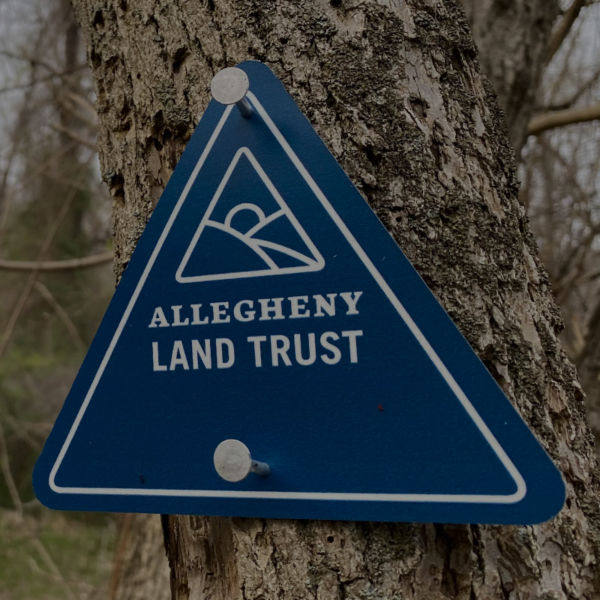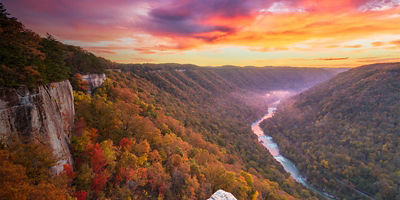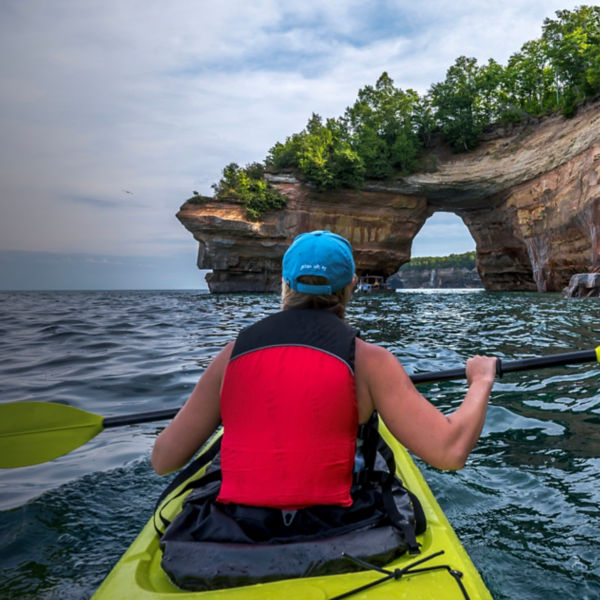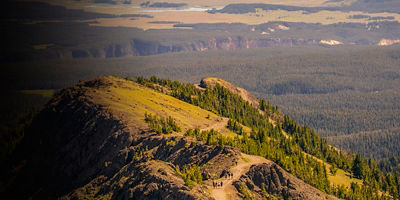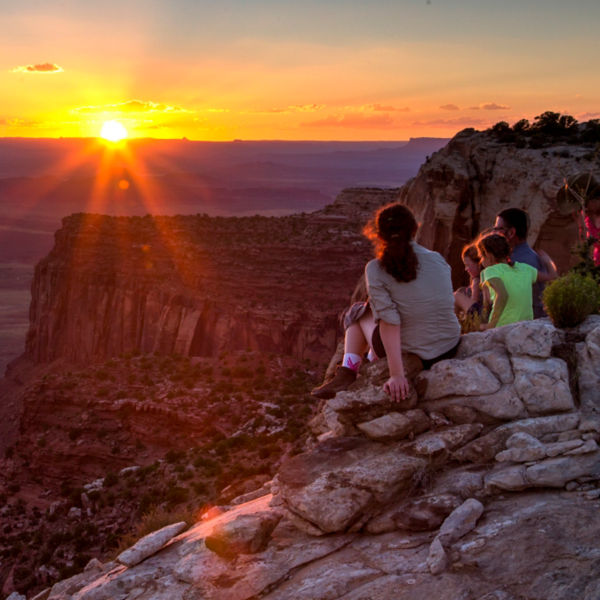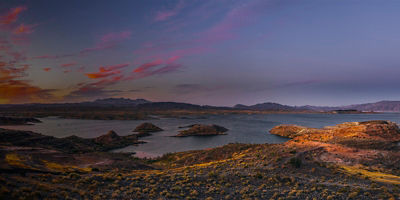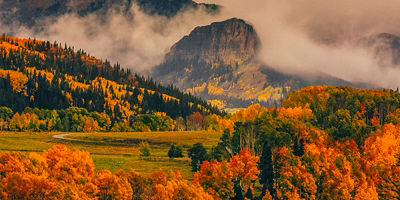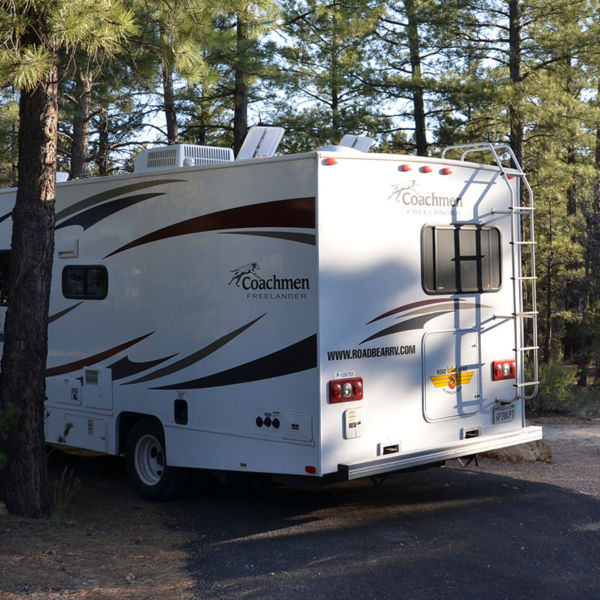
Acadia National Park offers some of the Atlantic coast’s most stunning and unique scenery, from its highest rocky headlands to its diverse wildlife habitats, all layered upon a rich cultural history. Located in the eastern coastal “Downeast” region of Maine, the park is not huge (consisting of only 41,000 acres), but it does offer a huge variety of coastal geography, mixing rock-bound shoreline on Mount Desert Island, a portion of the Schoodic Peninsula and numerous offshore islands. The packed assortment of varying features explains its high visitation, landing in the top 10 most-visited national parks in the country (3.5 million visits annually) despite its size (Grand Teton, the next most-visited park, is almost eight times larger). That doesn’t mean it’s hard to find solitude here. Plan an efficient visit and enjoy 27 miles of historic motor roads, 158 miles of hiking trails, 45 miles of carriage and biking roads, and miles and miles of unspoiled coastline to explore by foot, wheel or water.
History
Established in 1916 thanks to a donation of land by private citizens, Acadia National Park was the first national park to be created east of the Mississippi River. When French cartographer Samuel de Champlain first sailed by Mount Desert Island in 1604, he named it “Isles des Monts Desert” (accent on the last syllable), meaning “island of barren mountains.” While the park was first coined Sieur de Monts National Monument—and in 1919 became Lafayette National Park, after George Washington’s French military sidekick—in 1929, NPS Director Stephen Mather spearheaded the effort to rename it Acadia, a name France bestowed on its New World Atlantic settlements. It’s derived from the native Mi'kmaq word “akadie,” meaning a promising piece of land. And indeed it is, as a top national park to put on your bucket list.
Getting There
Acadia is located on coastal Maine’s Mount Desert Island, about 265 miles from Boston and 50 miles from Bangor, Maine. Two main driving routes get you there: Take Interstate 95 north to Augusta, Maine, then state Route 3 east to Ellsworth and on to Mount Desert Island; or take I-95 north to Bangor, then Route 1A east to Ellsworth and Route 3 to Mount Desert Island. You can also fly into the Hancock County Airport, located 10 miles from the park, or Bangor, located just an hour away. The average visit is three to four days.
Seasons
Be prepared for weather. Ranked second only to the Pacific Northwest in annual precipitation, Acadia’s unpredictable coastal climate is a result of both its latitude and marine influences. Ice storms are regular in winter and early spring, plus rain is frequent in every month (come prepared with the right gear to ward off the wet).
Summer
While fog can be common from June to August, summer is still the best time to visit, especially if you can luck into a favorable weather window. Note: Bring insect repellent. Blackflies are most numerous between mid-May and mid-June, but they vary with rainfall.
Autumn
This is the time to visit if you want to see Maine’s spectacular fall foliage. The leaves start turning in September and peak in mid-October.
Winter
Brrrr. While you can visit the park in winter, and cross-country ski and snowshoe its myriad trails (rentals available in Bar Harbor), bundle up; the average snowfall is about 60 inches. The Park Loop Road closes on Dec. 1 and reopens April 15, weather permitting. A 2-mile section of the road, one of its most scenic, remains open all year.
Spring
While you can certainly luck out with clear days, be prepared for inclement weather if visiting in spring. In general, the later you go the better, with roads and other park amenities starting to open back up from mid-April on.
















